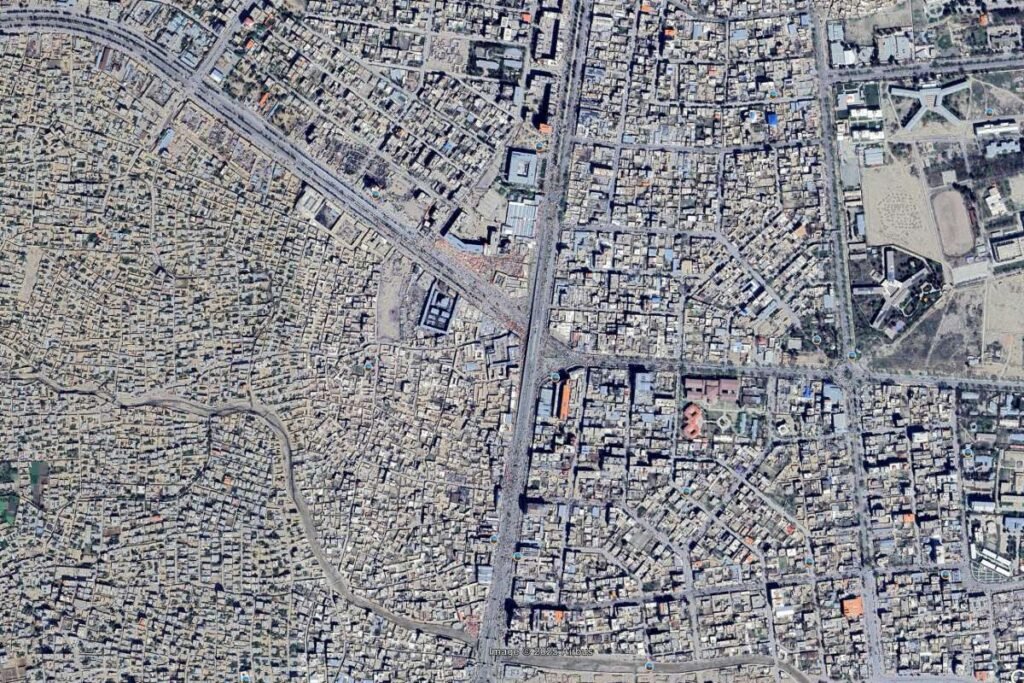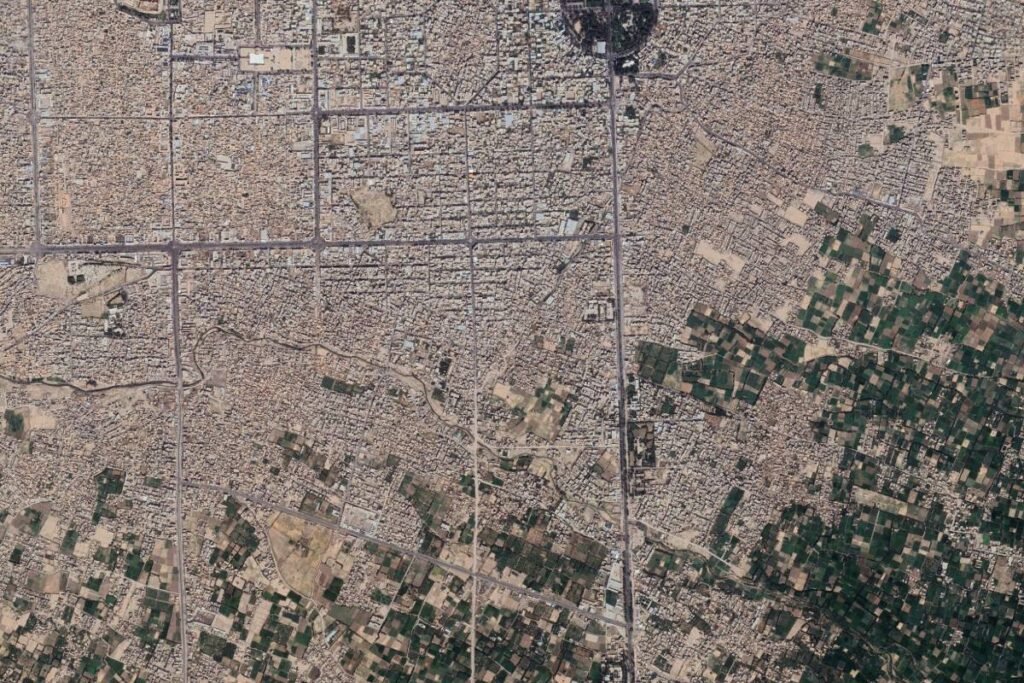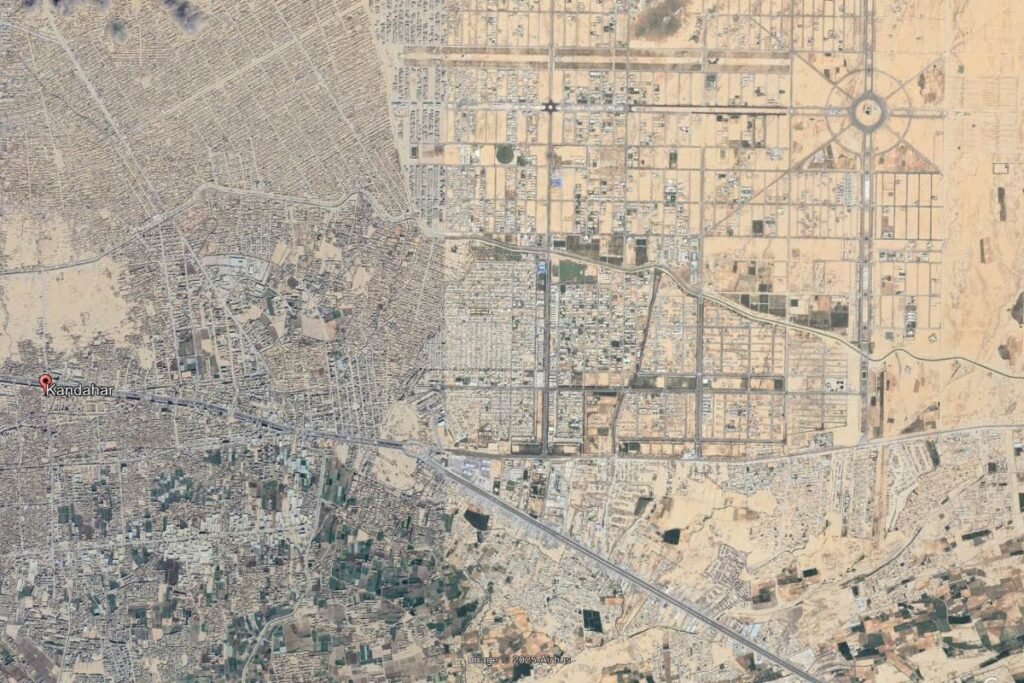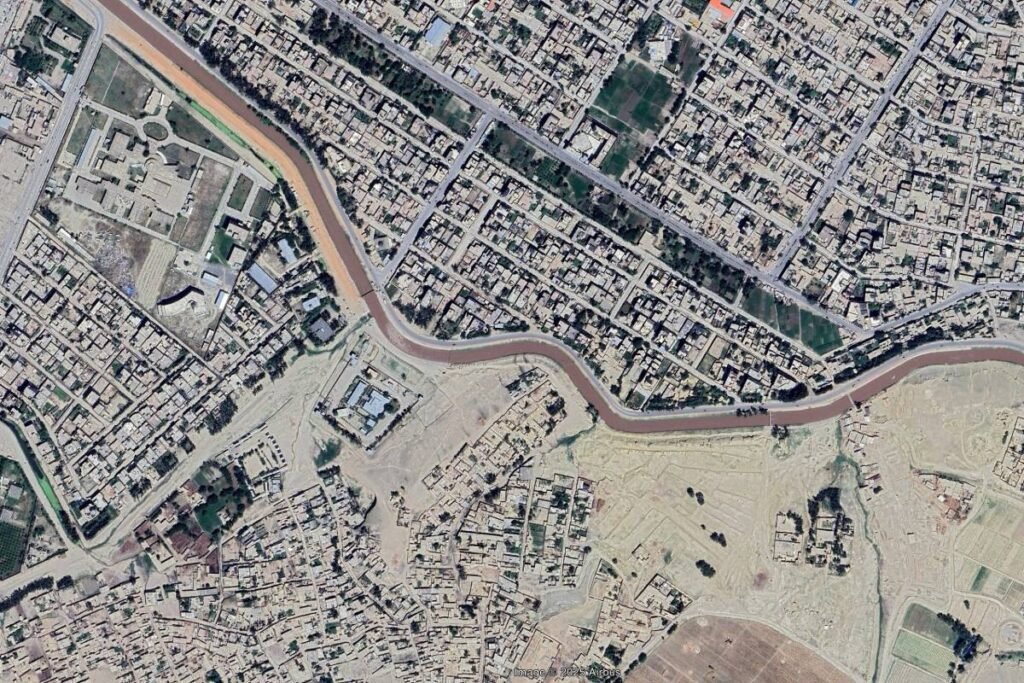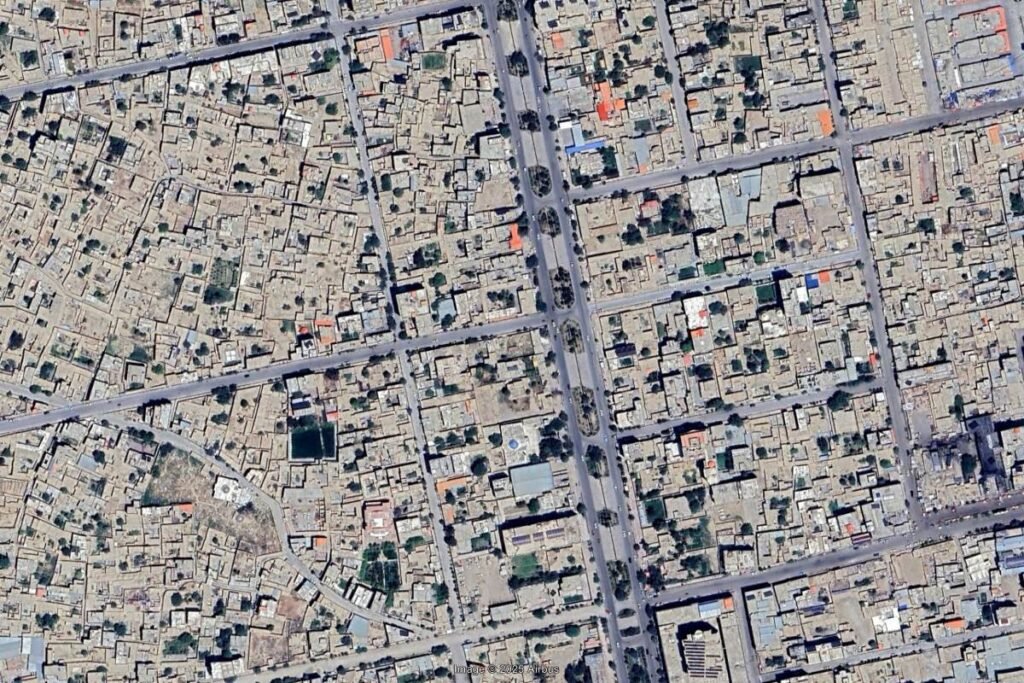Zoning Ordinances: A Blueprint for Sustainable Urban Development in Afghanistan’s Major Cities
Kabul, Herat, Kandahar, Mazar-e-Sharif, and Jalalabad are grappling with the dual challenges of rapid urbanization and the need for sustainable development. Traditional approaches, such as translating master plans into detailed plans and relying on outdated land acquisition methods, have proven inadequate. These approaches have led to a surge in informal settlements and chaotic urban landscapes.
Could zoning ordinances provide a transformative solution to these challenges? This blog explores the potential of zoning as a development tool for Afghanistan’s five largest cities.
How Zoning Brings Order to Urban Chaos
Zoning ordinances regulate land use and building construction, providing a structured approach to urban development. By doing so, they help prevent haphazard construction, protect environmentally sensitive areas, and promote the efficient use of resources.
In Kabul, where informal settlements have proliferated due to limitations in traditional land acquisition methods, zoning offers a pathway to order. Zoning ordinances can regulate construction activities as effectively as building permits while bypassing the complexities and costs associated with land acquisition. They also define distinct urban zones, prevent conflicting land uses, and promote harmonious development.
Why Afghan Cities Need Zoning Plans Now
Zoning plans are vital for Afghanistan’s major cities, given the rapid and often unregulated urban growth they are experiencing. Below are the key reasons why zoning is crucial:
- Managing Rapid Urban Growth
- Uncontrolled Expansion: Cities like Kabul and Herat have seen rapid urbanization, much of it informal and lacking comprehensive planning or adequate infrastructure. This results in chaotic urban landscapes and inadequate services.
- Strategic Development: Zoning plans provide a framework for strategic growth, directing development to designated areas and ensuring that infrastructure and services keep pace with urban expansion.
- Promoting Sustainable Development
- Balancing Competing Needs: Zoning regulations ensure harmonious and sustainable development by balancing residential, commercial, industrial, and recreational land uses.
- Environmental Protection: By preventing urban encroachment into fertile agricultural lands, open spaces, and water bodies, zoning helps protect environmentally sensitive areas.
- Resource Management: Zoning guides efficient use of resources, including water, energy, and land, promoting long-term sustainability.
- Addressing Past Planning Deficiencies
- Inadequate Master Plans: Past master plans relied heavily on restrictive land-use planning, failing to address the complexities of urban development.
- Weak Implementation: Even when zoning plans were introduced, as in the 2011 JICA Master Plan for Kabul, they lacked practical enforcement until building permit regulations were introduced in 2021. This underscores the need for not just well-designed zoning plans but also effective enforcement mechanisms.
- Improving Urban Design and Functionality
- Mixed-Use Development: Zoning codes promote vibrant urban spaces by encouraging mixed-use development where people can live, work, and play in proximity.
- Infrastructure Development: Planned zoning facilitates the development of essential infrastructure like roads, water networks, and sanitation systems, ensuring equitable access.
- Preventing Violations: Coupled with strong enforcement, zoning regulations prevent construction violations and ensure adherence to established standards.
Overcoming Challenges in Zoning for Afghanistan
While zoning offers a framework for orderly urban development, Afghan cities face significant challenges in implementation. These challenges span institutional, technical, social, and economic dimensions.
Institutional Barriers
- Lack of Capacity: Municipal authorities often lack the expertise and resources to develop and implement comprehensive zoning plans. Investments in training and capacity building are essential.
- Weak Enforcement: Despite new regulations, enforcement remains weak, leading to widespread construction violations. Strengthening enforcement mechanisms and promoting public awareness of zoning regulations are critical.
- Corruption: Corruption within municipal bodies undermines zoning integrity, allowing illegal construction. Transparency and accountability are vital to counter corruption.
Technical Challenges
- Data Deficiency: Accurate data on land use, demographics, and infrastructure is often lacking. Prioritizing data collection and mapping initiatives is crucial.
- Coordination Issues: Poor coordination between government agencies results in conflicting policies and inefficient implementation. Decentralizing plan development to municipalities can improve coordination.
- Informal Settlements: Integrating informal settlements into the formal urban fabric requires innovative approaches that address residents’ needs while promoting sustainable development.
Social Challenges
- Public Awareness: A lack of understanding about zoning regulations leads to resistance and non-compliance. Public education campaigns are needed to build awareness and acceptance.
- Land Ownership Disputes: Land disputes, especially in informal settlements, complicate zoning implementation. Clear land titling procedures and dispute resolution mechanisms are essential.
- Community Participation: Limited community involvement in zoning processes results in plans that fail to reflect residents’ needs. Engaging communities ensures inclusivity and equity.
Economic Challenges
- Funding Constraints: Financial limitations hinder zoning development and implementation, especially in resource-constrained municipalities. Adequate funding for urban planning is crucial.
- Economic Disparities: Wealthier individuals and developers may bypass zoning regulations, exacerbating inequalities. Promoting equitable development is essential.
Conclusion
Afghan cities stand at a crossroads. Rapid urbanization and inadequate planning have left urban landscapes in disarray. However, zoning ordinances offer a transformative solution—one that balances growth with sustainability, prevents urban chaos, and fosters equitable development. For zoning to succeed, policymakers must prioritize capacity building, public engagement, and strong enforcement mechanisms. The time to act is now—before today’s challenges become tomorrow’s crises.
